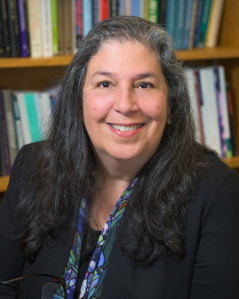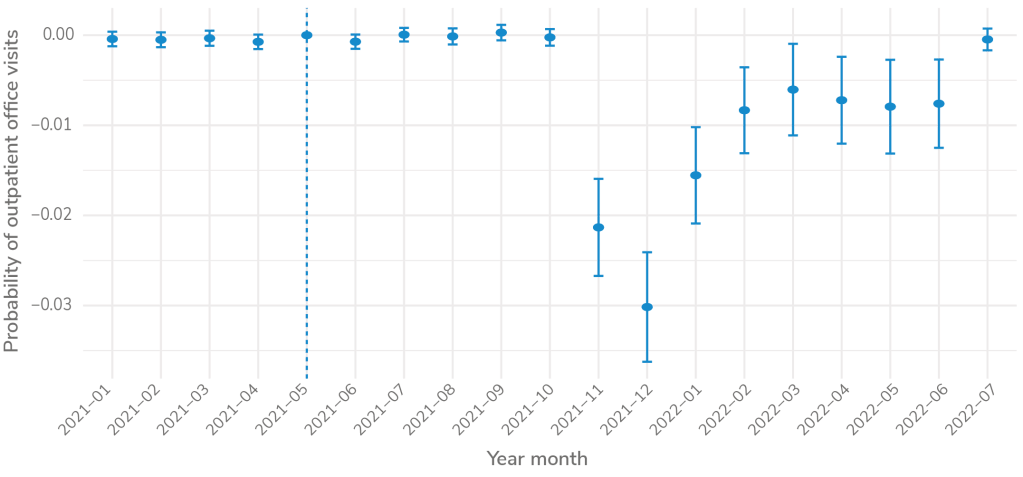COVID-19 vaccinations and school / community resources: Children’s longitudinal health and education outcomes using linked administrative data
Principal Investigator

Brian Elbel
Professor of Population Health and Health Policy, Department of Population Health, New York University Grossman School of Medicine, and NYU Wagner School of Public Service
Principal Investigator

Amy Ellen Schwartz
Professor of Public Administration and Dean, Joseph R. Biden, Jr. School of Public Policy and Public Administration, University of Delaware
Co-Investigators
- Sophia Day, Director of Surveillance, Office of School Health, NYC Department of Health and Mental Hygiene
- David C. Lee, Assistant Professor of Emergency Medicine and Population Health, New York University Grossman School of Medicine
- Kevin Konty, Director of the Office of School Health, NYC Department of Health and Mental Hygiene
- Michah W. Rothbart, Assistant Professor of Public Administration and International Affairs, Syracuse University Maxwell School of Citizenship and Public Affairs
- Lorna E. Thorpe, Professor of Epidemiology, Department of Population Health, New York University Grossman School of Medicine
- Meryle Weinstein, Research Associate Professor of Education Policy, New York University Steinhardt School for Culture, Education and Human Development
Funded By
The problem:
For children, effects of the COVID-19 pandemic have been unevenly distributed, particularly with respect to race, ethnicity, and income. Elbel, Schwartz, and colleagues hypothesize that the significant disruptions the COVID-19 pandemic brought to children’s health, education, and overall wellbeing during the pandemic will influence their health, development, and social trajectories later in life. At the same time, COVID-19 vaccine uptake among children, and in their schools and neighborhoods, may yield positive outcomes and lessen disparities.
The researchers aim to compare pre- and post-pandemic health and educational outcomes for children, with a special focus on disparate outcomes based on race, ethnicity, and socioeconomic status. Currently, the team is focused on comparing healthcare use, post-pandemic health conditions, standardized test scores, and school absenteeism between those that did and didn’t get the vaccine to understand how the vaccine impacted health and educational outcomes.
The approach:
The researchers focused their attention on New York City, where 66 percent of public school children are Black or Hispanic and 74 percent are low-income. They used the New York City Student Population Health Registry (SPHR), a longitudinal database of all New York City public school students developed by the city’s departments of health and education, to assess school and educational effects, as well as health effects, by race, ethnicity, gender, and income.
The findings:
Among the 54,538 students whose birth month fell just around the age cutoff, those whose birth month qualified them for earlier eligibility had higher vaccination rates and had 43 percent fewer medical outpatient visits, 60 percent fewer COVID-19 infections, and a complete (100 percent) reduction in COVID-related emergency department visits. While fewer children took the state standardized tests in the 2021- 2022 academic year, the researchers also found an increase in math and English language arts test scores among the early vaccination group.

An event study plot labeled “The effects of early COVID vaccine eligibility on having any outpatient visit over time.” The x-axis displays dates from January 2021 moving monthly to July 2022, and the y-axis displays the probability of outpatient office visits measured from -0.03 to 0.00 in 0.01 increments. Compared to a baseline in May 2021, probable values remain around 0.00 from January 2021 through October 2021, drop to around -0.03 in December 2021, increase to between 0.00 and -0.01 between November 2021 and June 2022, and return to around 0.00 in July 2022.
Selected Publications & Presentations
Elbel, B., Zhou, G. E., Lee, D. C., Chen, W., Day, S. E., Konty, K. J., & Schwartz, A. E. (2022). Analysis of School-Level Vaccination Rates by Race, Ethnicity, and Geography in New York City. JAMA Network Open, 5(9), e2231849. https://doi.org/10.1001/jamanetworkopen.2022.31849
Elbel, B., Heng, L., Konty, K. J., Day, S. E., Rothbart, M. W., Abrams, C., Lee, D. C., Thorpe, L. E., & Schwartz, A. E. (2023). COVID-19 Vaccines for Children: Racial and Ethnic Disparities in New York City. Preventive Medicine Reports, 102357. https://doi.org/10.1016/j.pmedr.2023.10235
The researchers compared the health and educational outcomes of two groups of students who, although similar in age, became eligible for vaccination six months apart. Twelve- to 12.5-year-olds became eligible for the vaccine in May of 2021 while 11- to 11.5-year-olds didn’t become eligible for the vaccine until November of 2021. The researchers used the difference-in-difference instrumental variable framework to compare outcomes for vaccinated and unvaccinated children in the academic year of 2021-2022.